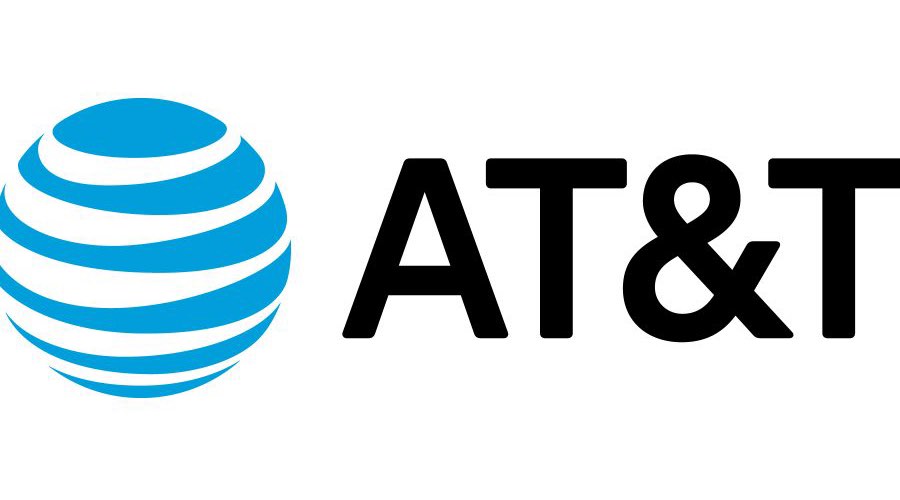
AT&T CEO John Stankey addressed the carrier’s massive Feb. 22 outage that impacted FirstNet and commercial service, stating in a letter to company employees that “we let down many of our customers” and apologizing, but the exact cause of the hours-long disruption remains murky.
In the letter released on Sunday, Stankey noted that AT&T’s restoration efforts on Feb. 22 prioritized service on the FirstNet nationwide public-safety broadband network (NPSBN) that the carrier has been building and maintaining since March 2017.
“The outage began in the early hours on Thursday, and we know that about three-quarters of our customers were able to access our network as they started their days around 5 a.m. CT,” according to Stankey’s letter. “We prioritized FirstNet service restoration, in line with our commitment to our nation’s first responders. The remaining customers were reconnected throughout the morning. Teams worked hard to successfully normalize the network by around noon CT.
“No matter the timing, one thing is clear—we let down many of our customers, including many of you and your families. For that, we apologize.” In terms of the outage’s cause, Stankey’s letter largely reiterates a statement released by AT&T last week.
“Our initial review of the cause of Thursday’s outage indicates it was due to the application and execution of an incorrect process used while working to expand our network,” the Stankey letter states.
On its website, AT&T stated that its initial review indicated that the outage was not caused by a cyberattack, which was a concern raised in the immediate reporting about the situation. In addition, AT&T does not believe any customer data was compromised during the outage.
“We have not seen any evidence and have no reason to believe the Feb. 22 outage involved a third party or that customer data was compromised during the event,” according to the AT&T website.
Multiple media reports have described the cause of the outage as a “coding error”—citing AT&T as the source of the information—but an AT&T spokesperson would not confirm or deny the accuracy of these reports when asked by IWCE’s Urgent Communications.
An AT&T spokesperson did not respond to a question from IWCE’s Urgent Communications about whether the error occurred in the AT&T commercial core, the FirstNet core, or at cell sites—or in some combination of these pieces of the AT&T network.
In his letter, Stankey applauded the efforts of AT&T employees in response to the outage. “Whenever a challenging or unexpected event impacts this company, I can always count on everyone to rise to the occasion and the last few days have been no exception,” Stankey states in the letter. “Our frontline employees demonstrated expertise under pressure as our network teams took immediate action to restore service for our customers.
“Teams across the company—from retail and call centers to product, marketing, communications, and technology—continue to work tirelessly to live up to our commitment to serve customers first and fulfill our responsibility as one of the nation’s critical-infrastructure providers. I commend the effort and collaboration in this challenging moment, and I am appreciative of all the extra effort and hard work.
“Moments like these are a test of resilience. This is not our first network outage, and it won’t be our last—unfortunately, it’s the reality of our business. What matters most is how we react, adapt, and improve to deliver the service our customers need and expect.”
Multiple interviews conducted by IWCE’s Urgent Communications with FirstNet users revealed a variety of experiences for NPSBN subscribers during the outage. Those who experienced a FirstNet outage confirmed restoration of service hours before nationwide AT&T commercial service was fully returned. However, some FirstNet customers stated that they did not experience any outage—including some entities that are located near a geographic area that did suffer a FirstNet outage.